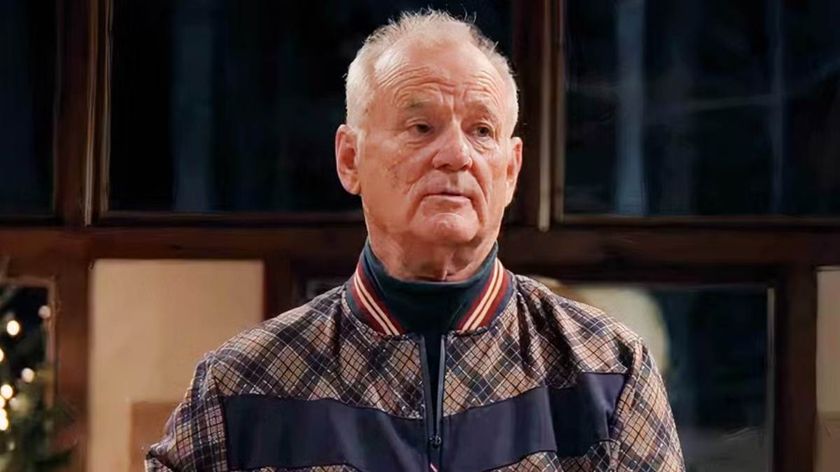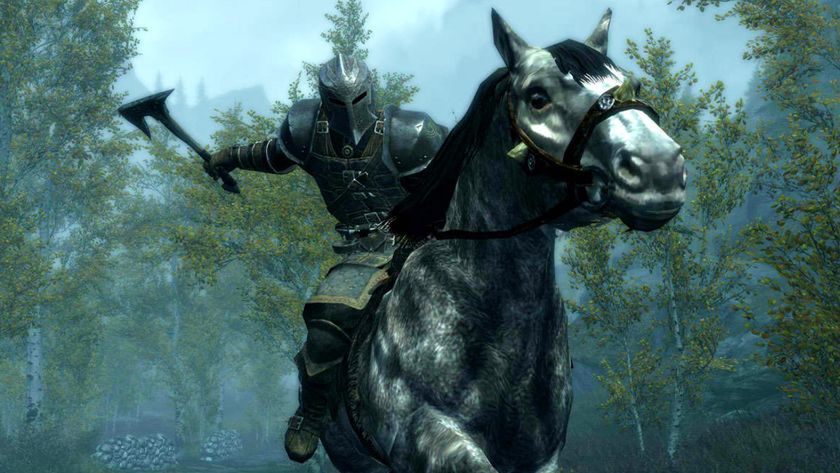Exclusive Interview: Joe Letteri
They call him Visual Effects Supervisor, but he’s the man responsible for making us believe that a 25-foot-tall digital gorilla is real
When you found out Kong’s running time was to be extended by 30 minutes or so, did panic set in at Weta headquarters?
We always thought something like that might happen, just cos there’s a lot of story there. We’d already been working with Peter on most things. He always does a rough cut of all the pieces he wants to get in there, and then starts fine-tuning it. Because so much of this requires animation, you can’t really cut much until you have Kong in there, so we generally start working on a lot of it just in a broad sense and then figuring out what Peter’s going to trim later on. We’d seen all the material and it was just a question of how much we were going to take to completion.
With New York, you build the sets at street level and then everything else was created digitally, right?
Exactly. We started on a project to build the whole city and simultaneously, as the script evolved, Grant Major, who’s the art director, started building the sets that were needed at street level. There was a lot of back and forth to figure out what we would build and how we would extend it and how we would integrate it into the rest of New York. Grant did a little cardboard tabletop of the set and then we spent a day with Peter going in with a digital camera and shooting set-ups for all the scenes. We built about 12 blocks of New York, four blocks by three blocks, and we redressed it about three different times to represent different locations. We only built them to the first story because we figured we’d always be extending upward.
What was the most daunting challenge in creating a city on computer?
We did a lot of modelling. We looked at hundreds if not thousands of reference photos of New York as it existed in the ’30s. We custom built a lot of the buildings that are really recognisable, like the Empire State Building and the Chrysler Building. We detailed those out and then started working our way in from what we knew was there, using all these reference photos and just refining this software we created so that it would crawl the city for us. Basically we’d say, “OK, now we’re in a neighbourhood of office buildings.” And it would build us a neighbourhood of office buildings circa 1933. Then we’d go in and look at the photos of that area and compare the reality to what it did and basically just kept rewriting the rules and teaching it until we got it to recreate the city for us. We did that neighbourhood by neighbourhood until we had all of Manhattan built.
Is that the same for the New Yorkers on the street?
We used Massive, the software that was created for Lord Of The Rings, to populate the city. We did the same thing for cars. We actually had Massive brains for the car. We had to lay out traffic signals for all of New York so the cars would basically obey the traffic lights. And, you know, put a little bit of New York driving in there – trying to teach a few of them to run red light and pedestrians to jaywalk.
Kong changed a lot over the course of the year…
Kong was a huge evolution. We started off trying to design a character that was both a gorilla and a fantasy creature. But it’s hard to reconcile the two and at one point we had to strip off the fantasy and just figure out what made real gorillas behave as powerfully as they do because we wanted Kong to be realistic. I mean Kong’s this great icon from the original film but in the ’30s people didn’t really know what gorillas were like. Now they do. We decided to start with a real gorilla, to really make him as believable as possible – not just physically but also emotionally. We wanted to really tell his story this time. And so that’s where we started. And then we went back to all the original designs and put in all the things that made him Kong. He’s the last of his species living on this island who’s had to fight all these incredible creatures for his survival. He’s battle-scarred, he’s torn up, he’s got scratches and mud and dirt caked in him, he’s had his skull broken so one of his eyes is kind of deformed and drooping, he’s had his jaw broken which never quite set properly so it can’t close and one of his teeth hangs out sometimes. We did all this stuff to kind of grind him into the dirt of the island.
There were changes after the first teaser trailer as well?
Yeah, it took us another couple of weeks after that to really lock him down. We did one more pass at his overall physique. We wanted to make him big and strong and powerful and we all had our ideas about what that was going to be like so we kept adding all these muscles. And eventually we had this gorilla that looked like a bodybuilder. So we just decided to go back and just copy real gorillas. And we had done most of that up to the trailer, but we hadn’t finished the final moulding. So we had to rebuild some of his muscles, especially in his back. And we did one last round of changes to his face, again mostly performance oriented things. He had the scar and the broken jaw but it’s all formed slightly differently right now.
What were the most difficult scenes to work him into?
One of the toughest ones was the Empire State Building because the lighting was really tricky. We went through four stages of lighting from pre-dawn to just after sunrise, and getting the quality of the light that you want for that time of morning was hard to get right.
Sign up for the Total Film Newsletter
Bringing all the latest movie news, features, and reviews to your inbox
What about the fight with the three gnashing V-Rexes?
That was tricky logistically – not the fight part so much, but the actual terrain. Working out how all these creatures were going to crash through all these trees and rocks and just make everything fit together. We had to build miniatures with these incredibly complicated camera moves that all had to fit together with the animation. It was an ongoing process to get through that whole scene. We started over a year ago on that scene and we only just finished it last week.
The Total Film team are made up of the finest minds in all of film journalism. They are: Editor Jane Crowther, Deputy Editor Matt Maytum, Reviews Ed Matthew Leyland, News Editor Jordan Farley, and Online Editor Emily Murray. Expect exclusive news, reviews, features, and more from the team behind the smarter movie magazine.













